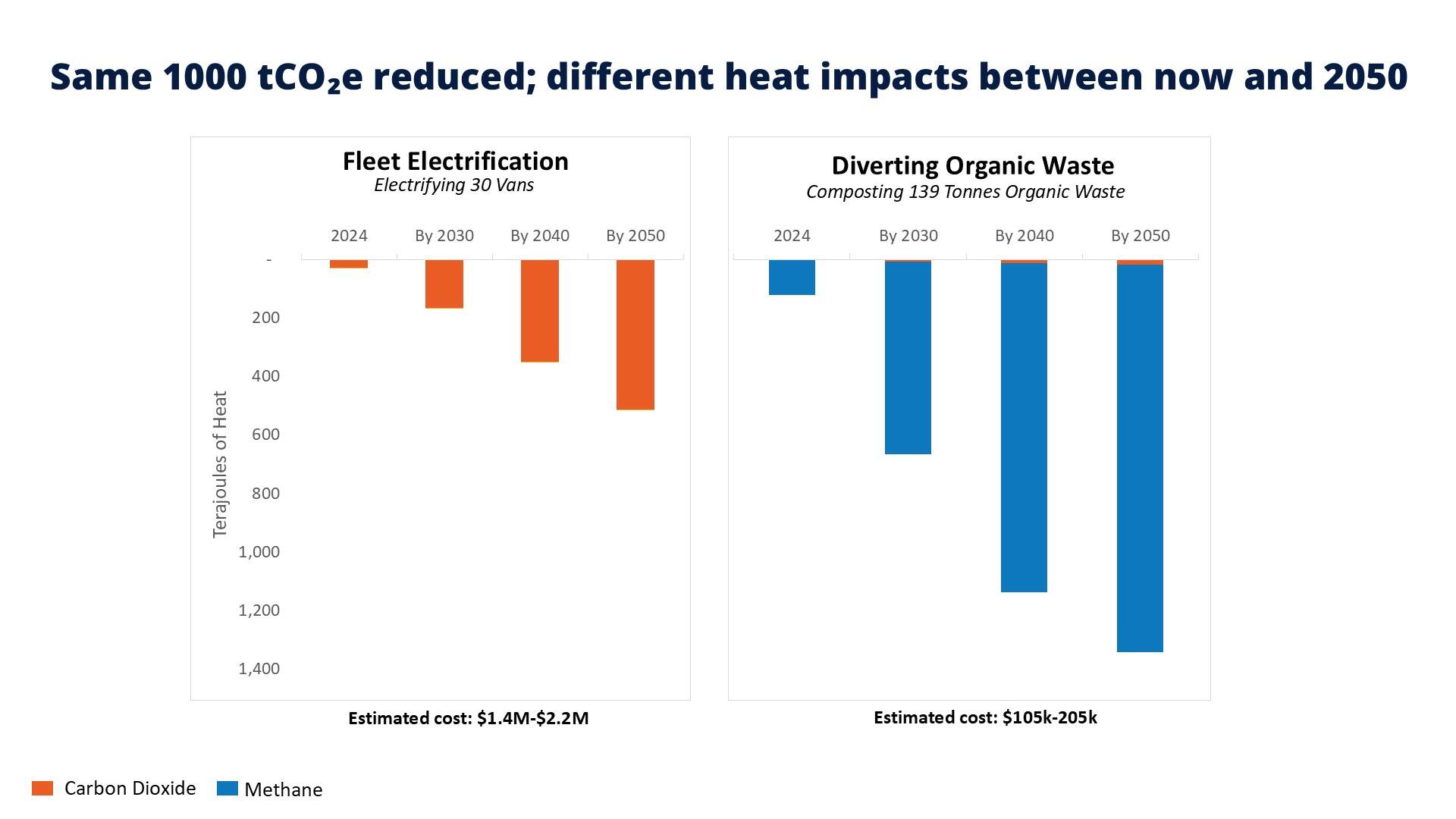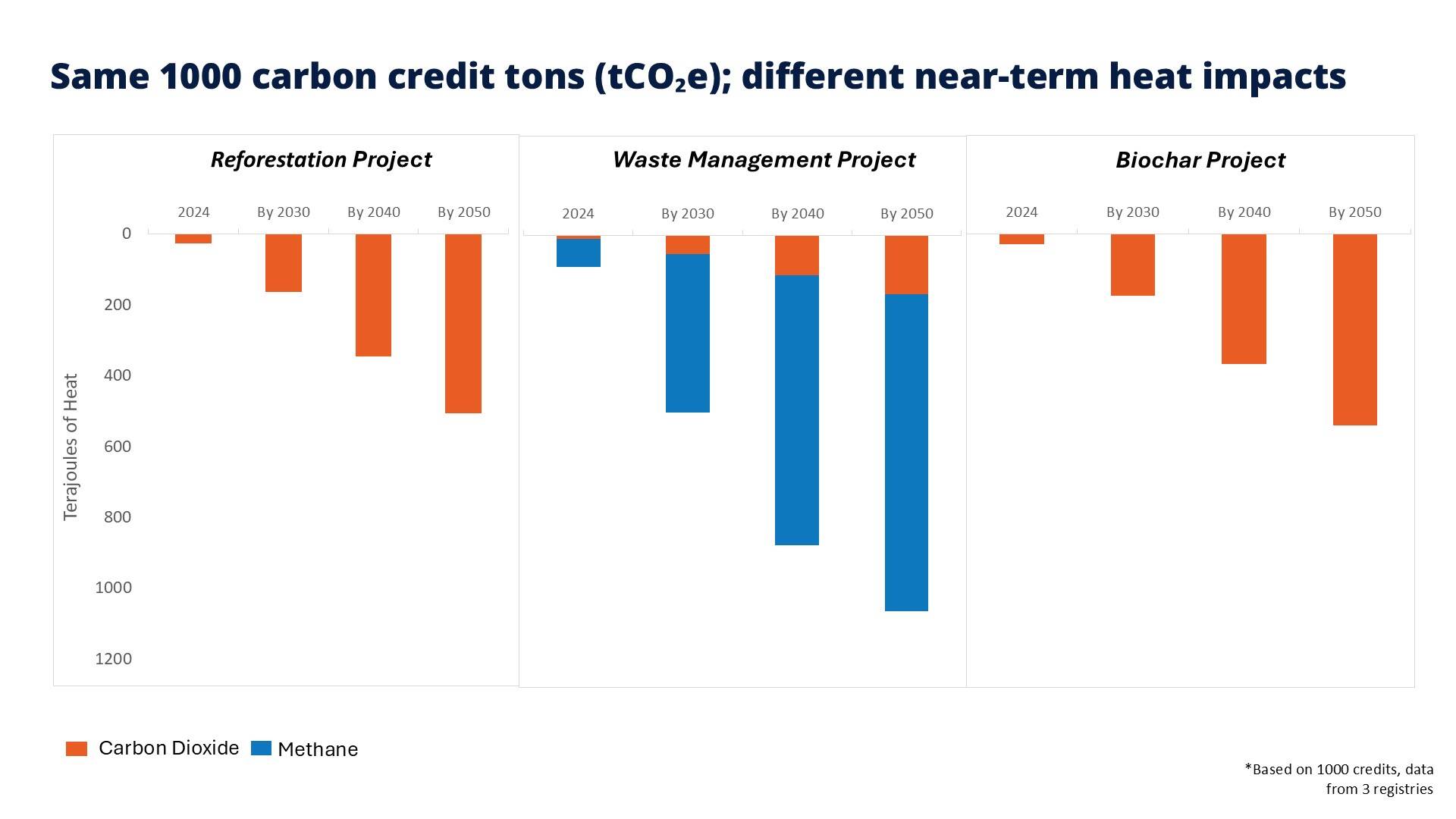Why it’s time to fix the blind spots in climate accounting

In 1997, the Kyoto Protocol introduced carbon trading using a single global metric: carbon dioxide equivalence (CO₂e), based on its Global Warming Potential over 100 years (GWP100). This standard equates the warming effect of various greenhouse gases to that of CO₂ over a century. Since then, one tonne of CO₂e (tCO₂e) has remained the cornerstone of global carbon accounting.
Fast forward to 2015: the Paris Agreement was signed by 196 countries, pledging to limit global warming to well below 2C by 2050. Today, more than 10,000 companies have committed to science-based emissions targets aligned with that very specific Paris goal.
But there’s a problem: the accounting system designed to support these goals is outdated—and dangerously incomplete.
Two flaws in today’s climate accounting model
1) The time horizon is misaligned
2050 is just 25 years away. Yet the GWP100 framework sums warming impacts over a full century, dramatically underestimating the potency of short-lived climate super pollutants. Take methane: it only persists in the atmosphere for about 11 years, and during that time it’s 100 times more powerful as a heat driver than CO₂.
2) Key pollutants aren’t even counted
The current CO₂e system completely overlooks other short-lived super pollutants like black carbon (soot), which is released from open burning and fossil fuel use. Despite lasting less than two weeks in the air, for that period, black carbon is up to 52,000 times more potent than CO₂ in terms of heat impact.
A turning point: Super pollutants gain traction
Fortunately, momentum is building to fix these blind spots.
The Intergovernmental Panel on Climate Change (IPCC) has announced that its 2027 report will focus on short-lived super pollutants. And forward-looking companies are already taking action. In May, Google committed to funding projects that reduce super pollutants including hydrofluorocarbons (HFCs) and methane as part of its climate mitigation strategy.
Introducing Total Climate Accountingᵀᴹ
As more organisations recognise the urgency of managing super pollutants, one truth becomes clear:
You can’t manage what you don’t measure.
That’s why the Global Heat Reduction Initiative developed Total Climate Accountingᵀᴹ—a new, comprehensive approach to quantify all climate drivers, including short-lived pollutants and non-emission factors like Earth’s reflectivity.
This method empowers companies to evaluate the real heat impact of their emissions reduction strategies over timeframes that align with corporate planning cycles, the Paris Agreement for 2050, and critical net-zero milestones like the next five, 10, 15, and 25 years—not just 100.
Two tools to accelerate impact
This expanded footprint assessment includes everything in a traditional carbon footprint, plus heat impact data over milestone years like 2030, 2040, and 2050. It helps organisations make more strategic, time-sensitive decisions about where and how to invest in mitigation.

2) GHR Registry Projects and Credits
The GHR Registry issues Heat Reduction Credits (HRCs) that focus specifically on super pollutant mitigation. Like conventional carbon credits, each HRC represents one tonne of CO₂e—but with a key difference: HRCs include verified data on near-term heat reduction over custom timeframes (e.g. five, 15, or 25 years). This allows buyers to prioritise credits that deliver maximum impact between now and 2050.

Fix the blind spots. Accelerate climate action.
With Total Climate Accountingᵀᴹ, organisations can:
- Prioritise heat reduction, not just emissions reduction, on their path to 2050.
- Future-proof their climate strategies before the IPCC report in 2027.
- Increase return on climate investments by reducing extreme heat risks now without losing long-term goal of CO₂ reduction.
- Accelerate impact by reducing extreme heat risks now, without losing the long-term goal of CO₂ reduction.
